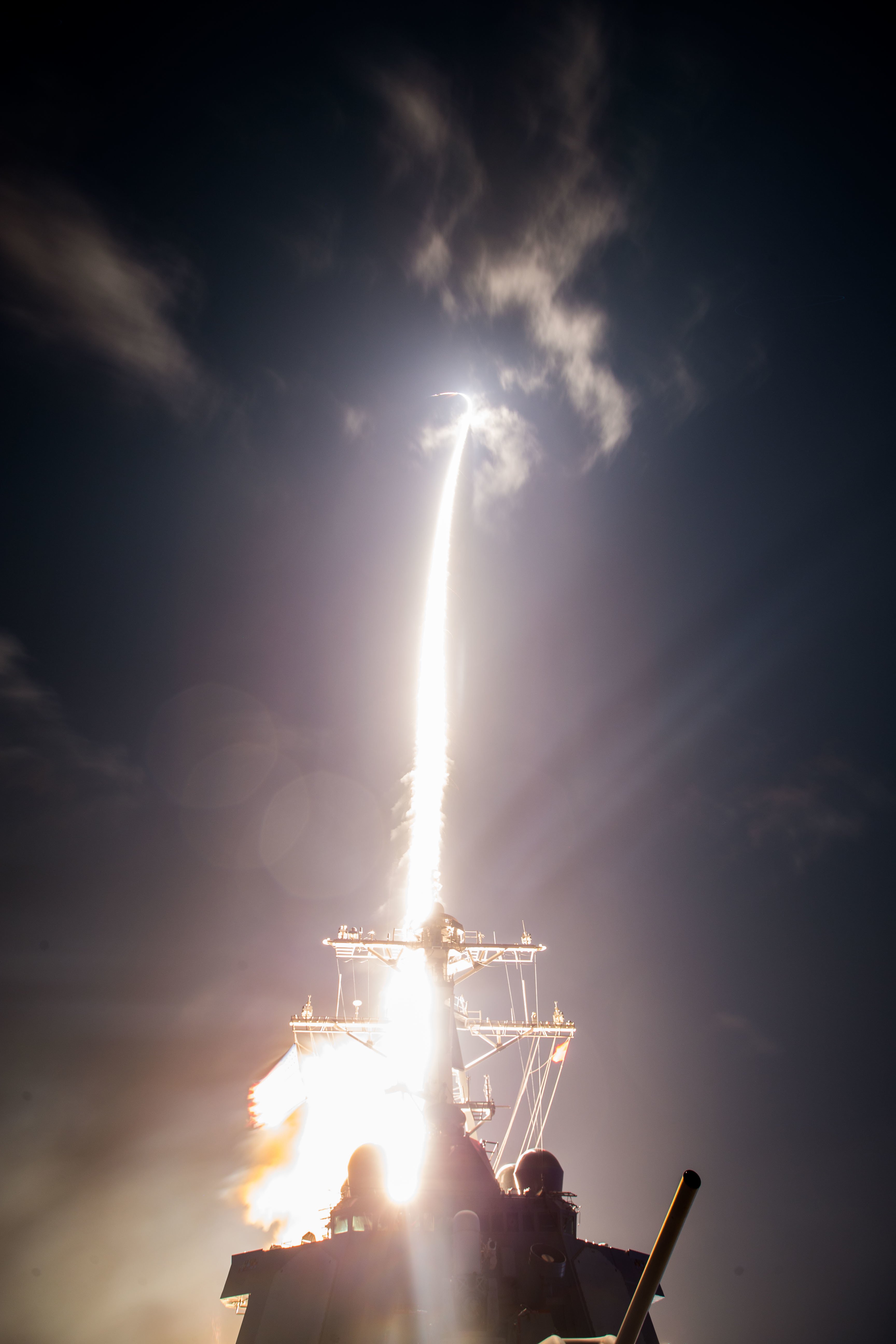
This post has been updated to include additional context noting that any Standard Missile interceptor would cause the same safety concerns for the Japanese Aegis Ashore sites.
The U.S. military considers the development of the Standard Missile 3 Block IIA ballistic missile interceptor to be complete and the weapon ready for production, even as co-developer Japan has changed its mind about using the interceptor as part of a shore-based ballistic missile defense site.
Japan had been set to build two Aegis Ashore BMD sites, one in the northern region of the country and one at the southern end. Earlier this week, though, the Japanese government said it had changed its mind, citing concerns that the rocket booster on the SM-3 Block IIA interceptor wasn’t properly falling back to the ground in safe areas and could put civilian infrastructure or people at risk.
According to Kyodo News, “Since August 2018, the [defense] ministry had stated that rocket boosters would fall within the perimeter of the training ground,” where the Aegis Ashore sites would be located, “without affecting the lives of people residing around the facility. But talks with the United States led to the conclusion that the safety of the municipalities could not be ensured and technical challenges would not be resolved just by software modifications.”
“For the time being, we’ll maintain our missile defense capability by Aegis-equipped destroyers,” Defense Minister Taro Kono said on Monday, according to international press.
USNI News understands that this concern regarding the rocket booster isn’t specific to the SM-3 Block IIA but would be problematic with other kinds of interceptors the Aegis Ashore system could use as well.
Missile Defense Agency Director Vice Adm. Jon Hill said this week at a virtual Defense One Tech Summit that he was confident in the MS-3 Block IIA.
“It’s a government of Japan issue today, and we’re working very closely with them to resolve concerns and issues” related to the Aegis Ashore site.
“It’s really separate and distinct from the SM-3 cooperative development. That’s a separate foreign military sales case. That development is complete. We’re going to production for the SM-3 Block IIA missile. Separate and distinct. It would be leveraged by Aegis Ashore, we just have some work to do with Japan to lift the suspension.”
The admiral deferred further questions on the Aegis Ashore decision to the government of Japan.
The first Aegis Ashore site in Romania uses the SM-3 Block IB missile. A second site in Poland will use the new IIA interceptor, Standard Missile manufacturer Raytheon notes on its website.
“The Block IIA variant is the centerpiece of the European missile defense system. It will be deployed ashore in Poland to complete Phase 3 of the European Phased Adaptive Approach,” it reads.
“In cooperation with Japan, Raytheon Missiles & Defense is developing the next-generation SM-3 Block IIA interceptor. It has two distinct new features: larger rocket motors that will allow it to defend broader areas from ballistic missile threats and a larger kinetic warhead. The interceptor’s kinetic warhead has been enhanced, improving the search, discrimination, acquisition and tracking functions, to address advanced and emerging threats.”
Asked what it means for regional BMD efforts to lose these two sites, Hill said, “I think that there are other options in the near term for the government of Japan for the national missile defense. And again, it’s a suspension, so obviously some concerns and some work that we’ll do with Japan to bring those systems to bear. From a U.S. protection perspective … we’ll leverage every sensor and every weapon out there, so whether they build those or not, if they’re there we’ll use them, if they’re not then we have other options.”





